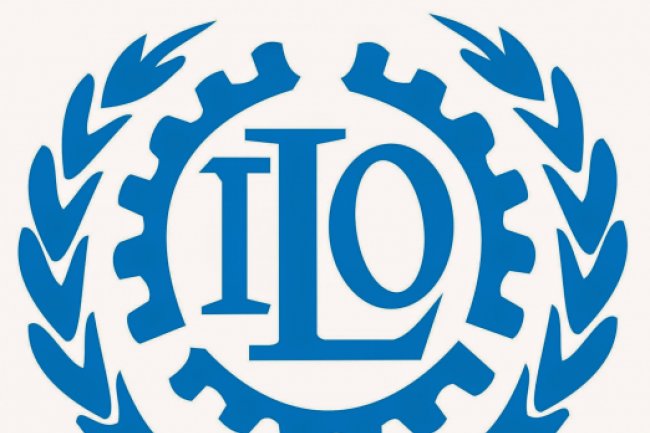
Project to rescue children engaged in hazardous work underway
A new project to rescue thousands of children who work under hazardous conditions in the mining and quarrying sectors of the country has begun.
The communities identified under the project include Wassa Akropong, Prestea, Tarkwa Nsuaem , Dunkwa and Bibiani.
The children, aged between five and 17, who work in these sectors daily put their lives at risk as they have to crawl into tiny caves to carry gold bearing gravels out of the caves.
This happens after there have been blasts to enable the miners to reach the gold deposits. During the process, the caves sometimes implode because of the loose nature of the rocks as a result of the blasts.
Advertisement
After carrying the gold bearing gravels, the boys who work in the mining sectors crash the ore into powder and use mercury to wash it.
The inhalation of the mercury and powdered ore has been found to cause serious health problems through infections of the internal organs.
Mr Emmanuel Kwara Mensah, the National Programme Officer of the International Labour Organisation (ILO) Ghana, who revealed these in an interview with the Junior Graphic, said the rescue project was being initiated by the ILO with support from the US Department of Labour.
He said the project sought to improve on the living conditions of children and families who work in these two sectors.
Mr Mensah pointed out that the project would also help implement child labour laws in the mining sector through interventions as well as promote new approaches to reduce child labour by improving on social protection programmes to vulnerable families.
He said the ILO would collaborate with institutions and organisations such as the Minerals Commission, the Ghana Association of Small Scale Miners, the Ghana Coalition of NGOs on the Rights of the Child, the Ministry of Employment and Labour Relations as well as the Gender and Social Protections ministry in order to achieve its goals and objectives.
He said the organisation was concentrating in the mining sector because there had already been intervention programmes for children who worked in the fishing and farming areas.
Mr Mensah said children who worked in the mining sector earned a lot of money, unlike those in the fishing and farming sectors, and added that they made as much as GH¢50 a day, which made their parents to put pressure on them to continue to work in those areas.
He further explained that most of the children who worked in the mining sector were attracted by the amount of money they earned and, therefore, found it difficult to stop the hazardous work they were engaged in.
Mr Mensah said there was the need to develop strategies to rescue the children, enrol and retain them in school by educating them on the importance of education as well as the health hazards they expose themselves to when they work in the mining business unprotected.
The National Programme Officer said apart from the health hazards, girls who sold at the mining sites were also sexually abused by the miners, whereas the boys also engaged in various vices.
He said the ILO would work through NGOs, the media, school management committees, opinion leaders and other mandated agencies to rescue and monitor the mining sites to prevent the children from returning to work in those sectors.
